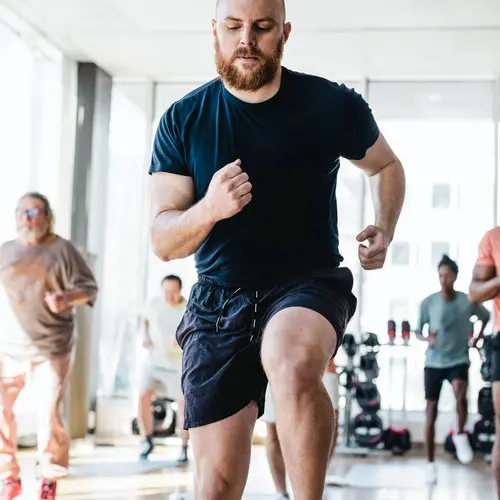What Is a Broken Collarbone?
A broken collarbone, or clavicle fracture, is a break in one of two long, thin bones that connect the breastbone to your shoulder blades. You can feel or see your collarbones toward the top of your chest, running beneath the top of your shoulders.
There are three types of collarbone (clavicle) fractures:
- Middle of the collarbone between the breastbone and the shoulder joint (the most common type of broken collarbone)
- Near the shoulder joint
- Near the breastbone (the least common type of broken collarbone)
Broken Collarbone Symptoms
A broken collarbone is usually pretty obvious. You might feel it break or hear a crack when it happens. Afterward, you’ll probably have:
- Pain and swelling
- Trouble moving your arm and shoulder
- A grinding feeling when you try to raise your arm
- Sagging in your shoulder
- A bump around the area of the break
Broken Collarbone Causes
Usually, broken collarbones happen from an accident.
Common causes of a broken collarbone include:
- Getting hit or falling on your shoulder
- Falling hard on your hand or arm. This transfers the force of the impact to your collarbone, which snaps
- Falling off a bicycle
Broken Collarbone Diagnosis
Go to your doctor or an emergency room right away if you think you’ve broken your collarbone, especially if there’s tingling, numbness, or weakness in your hand or arm. If your injury is near the sternum (the breastbone) and you have trouble breathing or swallowing, it could be something more serious.
Try not to move your arm. Either hold it close to your body with your other arm or with a sling with the hand raised higher than the elbow.
To diagnose a broken collarbone, the doctor will give you a thorough physical exam. You’ll need X-rays to confirm the break. If the doctor wants a more detailed look, they might do a CT scan, which uses a series of X-rays to make a picture of the area.
Broken Collarbone Treatment
Usually a broken collarbone will heal on its own. You just need to give it time.
To help speed the healing, you might get:
- A splint or brace to keep your shoulder from moving
- A sling for your arm, which you might use for a few days
- Anti-inflammatory painkillers, like aspirin, ibuprofen, or naproxen, which will help with pain and swelling. These drugs do have side effects, like a higher risk of bleeding and ulcers. You should only use them for a little while unless your doctor says otherwise. Long-term use can delay bone healing.
- Range-of-motion and strengthening exercises
- An ice pack on the broken bone for 15-20 minutes every few hours to ease pain and reduce swelling.
In rare cases -- especially when ligaments are damaged -- you may need surgery to mend a collarbone fracture.
Broken Collarbone Recovery
It might take a few weeks to months for a broken collarbone to heal. People recover at different speeds.
- In young children (under age 8), a broken collarbone may heal in 4-5 weeks.
- Older kids tend to get better in 6-8 weeks.
- A broken collarbone in adults and teens who’ve stopped growing can take 10-12 weeks or longer to heal.
You’re ready to return to your previous level of physical activity when:
- You can move your arm and shoulder without any pain.
- The doctor has taken an X-ray and confirmed that the break is healed.
Don't rush back into your activities too soon. If you start working out before your collarbone is healed, you could break it again. Ask the doctor when it’s safe to return to sports after a broken collarbone. In general, you should wait 8-12 weeks before playing any contact sports, like football or hockey.
Preventing a Broken Collarbone
Collarbone fractures are tough to prevent, since they usually happen during accidental falls. Even the best-trained athletes can slip sometimes. Still, you should always take precautions to exercise safely.
To prevent a broken collarbone:
- Wear protective gear when playing contact sports.
- Build strong, flexible muscles with stretching exercises and strength training.
- Warm up properly before each workout or sports activity.
- Choose well-fitting, sports-appropriate footwear that helps you keep your balance.
- Eat a well-balanced diet full of veggies and foods rich in calcium and vitamin D to build strong bones.

